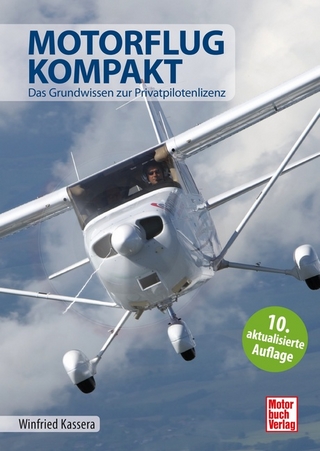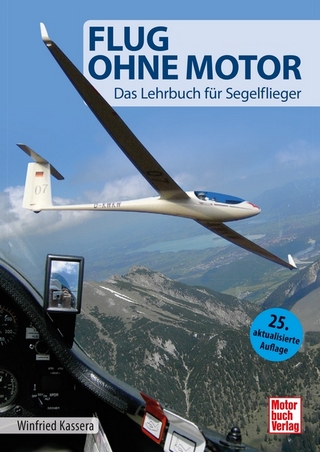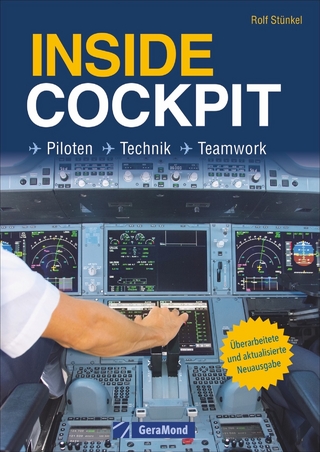
Propeller Design
American Institute of Aeronautics & Astronautics (Verlag)
978-1-62410-713-9 (ISBN)
Propellers have gained popularity in recent decades as part of UAVs, multi-blade drones, and VTOL air taxis. However, modern books dealing with propellers are scarce. Most of the rotating wing literature concentrates on helicopters. Other books dedicate specialized chapters to propellers, in most cases as part of general aerodynamic or performance texts. Propeller Design by Ohad Gur therefore fills a gap in modern literature amidst increased interest in the topic. This book sums up three decades of the author's experience with propeller analysis and design. As such, special care is given to the suitability of the analysis as part of a synergetic design framework.
The book starts with the general history of propeller evolution (chapter 1) and a view of the propeller design problem, which contains the fundamental vocabulary of propeller theory (chapter 2). Chapter 3 discusses propeller geometry and the parametric representation of its geometric properties. The aerodynamics of the propeller are reviewed thoroughly in chapters 4 through 7. Chapter 4 describes the basic blade-element model, BEM, used extensively throughout this book in various combinations. Chapter 5 describes three momentum theory models – axial, general, and simpli?ed. Chapter 6 combines the BEM and momentum theory into blade-element/momentum theory, which is probably the most useful aerodynamic theory for propeller analysis. Finally, in Chapter 7, additional induced velocity theories are depicted, including vortex theory and lifting line model with three separate wake models. Chapter 8 describes the three standard engines used to power propellers: reciprocating, turboprop, and electric. Chapter 9 explains the propeller effect on the air vehicle on which it is installed. Chapters 10 and 11 deal with the acoustic and structure analysis of propellers. Chapter 12 closes the theoretical part of the book with a discussion of the propeller design process. It presents two signi?cant methods: Betz's based method and multidisciplinary design optimization, MDO. These are later demonstrated in four different design cases in chapter 13.
Although the book is aimed at engineers who strive to design propellers, it also bene?ts those who want to deepen their knowledge of propeller theory and design considerations.
Ohad Gur is an aerospace engineer who has specialized in propeller analysis and design. He teaches several courses on rotating wings, ?ight mechanics, and optimization in the Mechanical Engineering department of Ben-Gurion University of the Negev in Israel. He is an IAI (Israel Aerospace Industries) employee. Before that, he was a Virginia Tech faculty member as a Postdoctoral researcher, a researcher at the Technion—Israel Institute of Technology, an Aerospace engineer at BVR Systems, and an aerospace engineer in the IAF (Israeli Air Force). During his career, he designed and analyzed numerous propellers and rotating wings of various air vehicles. Ohad received his B.Sc., M.Sc., and Ph.D. from the Aerospace Engineering Faculty at The Technion – Israel Institute of Technology.
| Erscheinungsdatum | 21.08.2024 |
|---|---|
| Reihe/Serie | AIAA Education Series |
| Verlagsort | Reston |
| Sprache | englisch |
| Themenwelt | Natur / Technik ► Fahrzeuge / Flugzeuge / Schiffe ► Luftfahrt / Raumfahrt |
| Technik ► Fahrzeugbau / Schiffbau | |
| Technik ► Luft- / Raumfahrttechnik | |
| ISBN-10 | 1-62410-713-3 / 1624107133 |
| ISBN-13 | 978-1-62410-713-9 / 9781624107139 |
| Zustand | Neuware |
| Haben Sie eine Frage zum Produkt? |
aus dem Bereich


